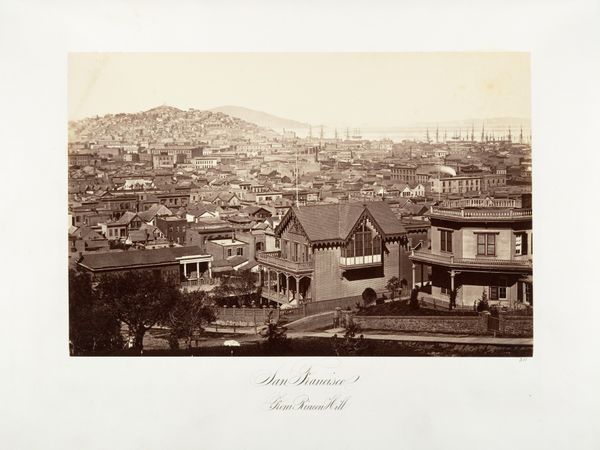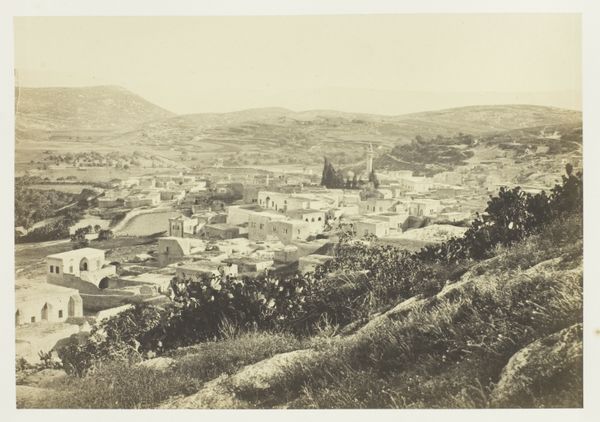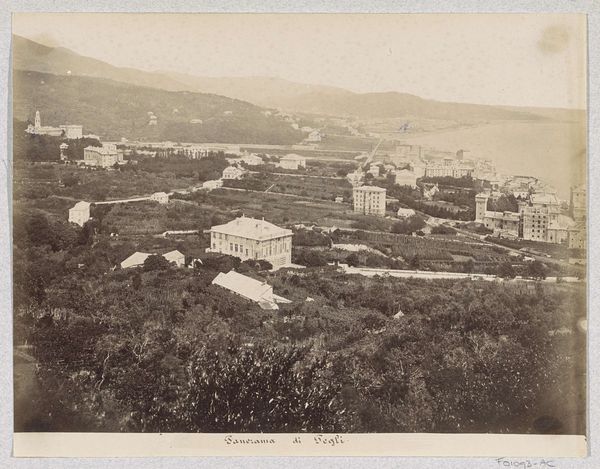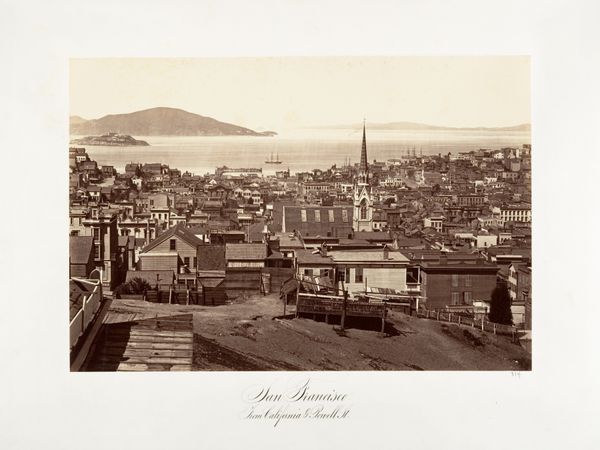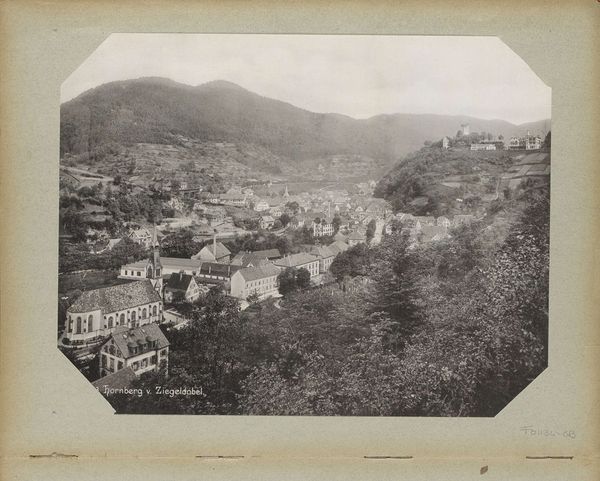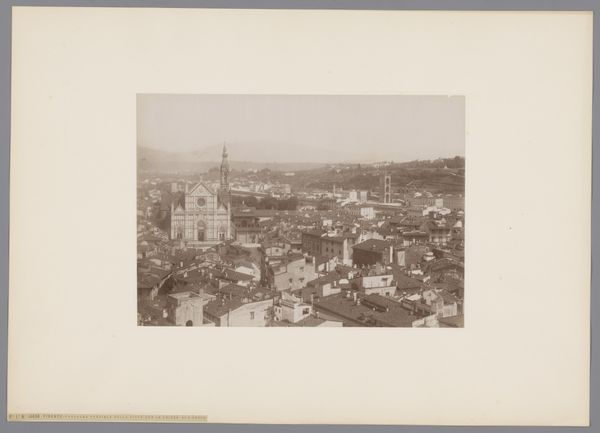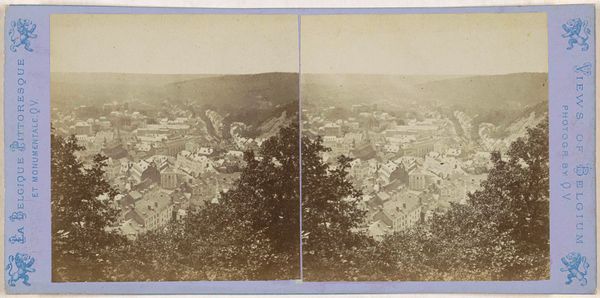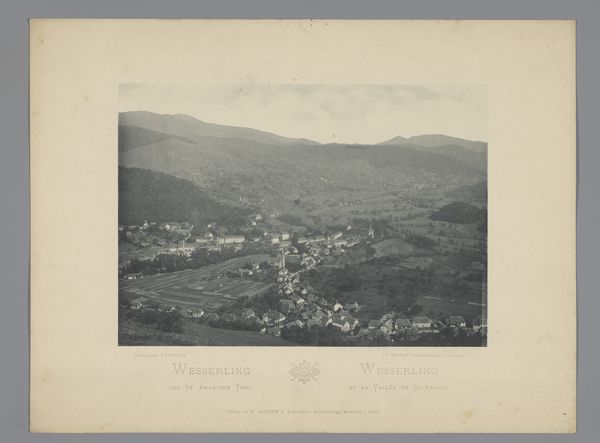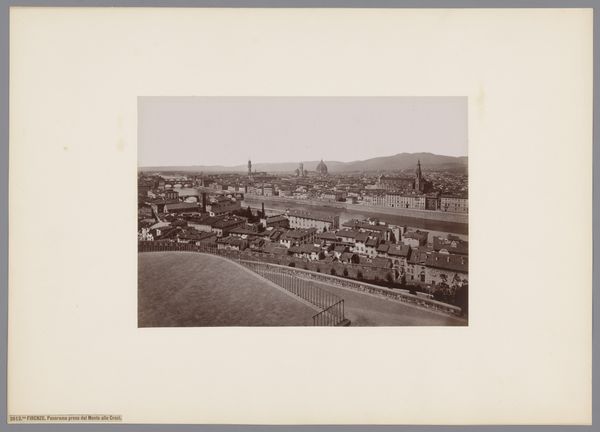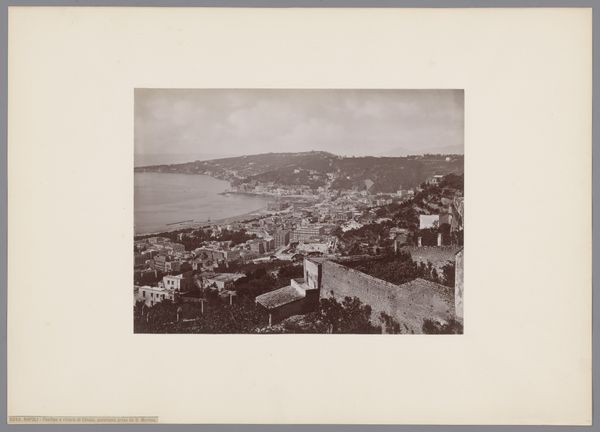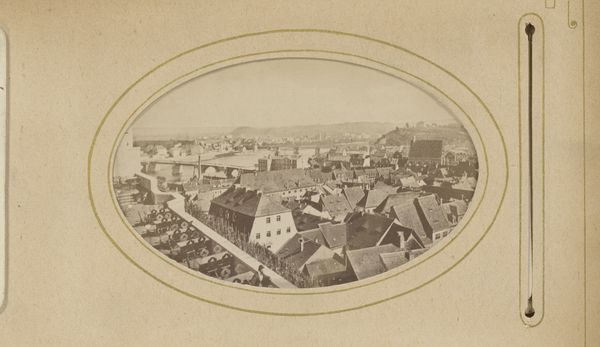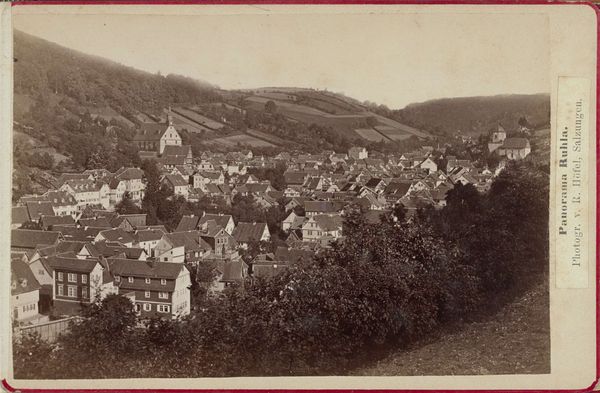
#
pencil drawn
#
photo of handprinted image
#
toned paper
#
light pencil work
#
pencil sketch
#
pencil drawing
#
pencil work
#
watercolour illustration
#
remaining negative space
#
watercolor
Copyright: Public Domain
Curator: Standing before us is "San Francisco," a captivating photograph taken in 1864 by Carleton Watkins, now residing at the Metropolitan Museum of Art. Editor: There's something instantly calming about this scene. The way the city unfolds, with that soft, almost sepia-toned light, gives it such a gentle feeling, almost like peering into a memory. Curator: What strikes me is how Watkins managed to capture this burgeoning cityscape. Looking closely, we can see the incredible detail achieved through the wet plate collodion process—each building meticulously rendered, a testament to the craft. Editor: It makes you wonder about the labor involved in such an endeavor. Transporting the darkroom, preparing the chemicals… This wasn't just snapping a picture; it was a full-scale production, requiring so much material preparation. How reliant were the photographic processes on material production at the time? Curator: Exactly. Think about the social and economic implications! This photograph isn't just a document; it's a product of its time, reflective of industry, trade, and the rapid expansion of the American West, revealing this kind of utopian idea of growth during that era. And it reminds us of our reliance, in a similar way, to tech industries today! Editor: And those parallel roads—almost perfect vectors disappearing into the horizon—speak volumes about westward expansion, the laying of infrastructure, and the reshaping of the land. This expansion becomes more evident looking to the background, it feels dream-like and out-of-touch to the city foreground Curator: Watkins captured something fundamental about the American spirit, this drive to build, to conquer distance and scale—both literally and metaphorically. The optimism, tinged, perhaps, with a touch of melancholy, realizing our industrial reality at the expense of other social realities. Editor: It makes me think about the relationship between labor, materials, and this idealized vision of progress that the image seems to subtly question. We often focus on the aesthetic achievement, but understanding the materiality anchors it to a deeper socio-political reality. Curator: Looking at it now, after dissecting all the industrial implications and their consequences, the picture has gained even more depth, and now I want to get a closer look to grasp everything that is going on and try to envision those streets now. Editor: I’m looking at this piece from a very different perspective now as well, by paying attention to material conditions it really has enhanced my engagement and attention to the details presented in the work.
Comments
No comments
Be the first to comment and join the conversation on the ultimate creative platform.
